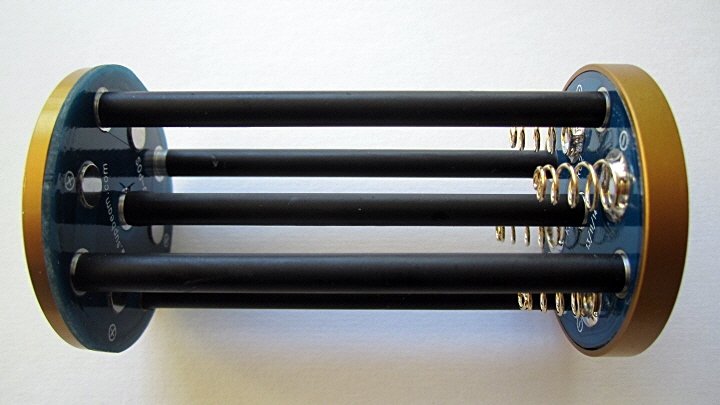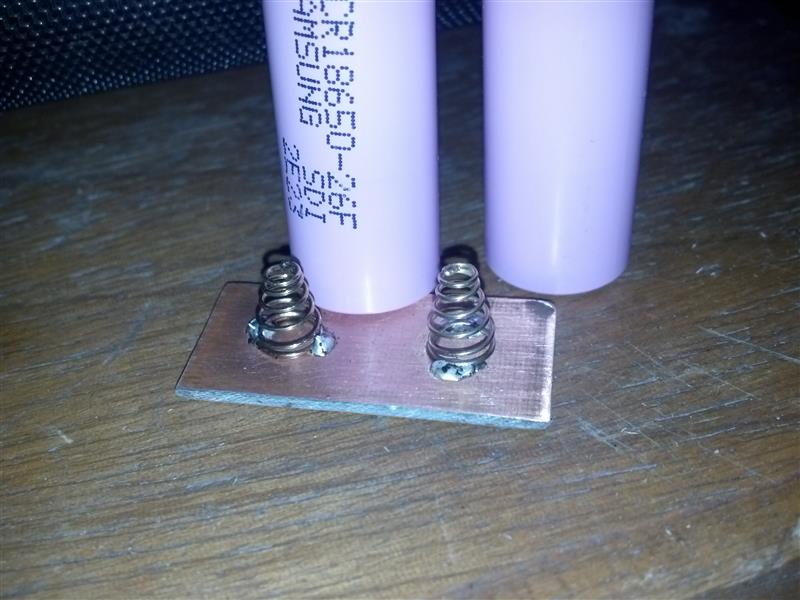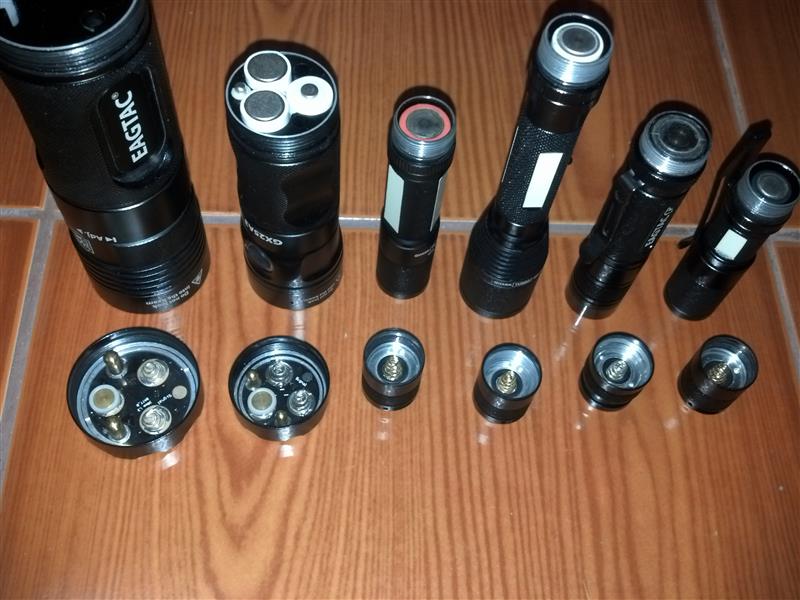...No one has given any reason not to use epoxy. i'm all ears. Any book that explains soldering says MAKE A TIGHT MECHANICAL CONNECTION BEFORE FLOWING SOLDER. solder is a poor conductor. ....
Solder is a poor conductor..but only relative to GOOD conductors such as copper, silver , gold etc.
It is accepted as a practical conductor for most electrical uses
Epoxy is a NON conductor ..and a poor adhesive..relative to a properly made solder joint !
Solder is a rapid solidifying joint maker ...Epoxy takes hours to reach maximum strength.
Really, the only thing epoxy has in its favor for electrical connections is its a low temperature process...(and an insulator ?)





